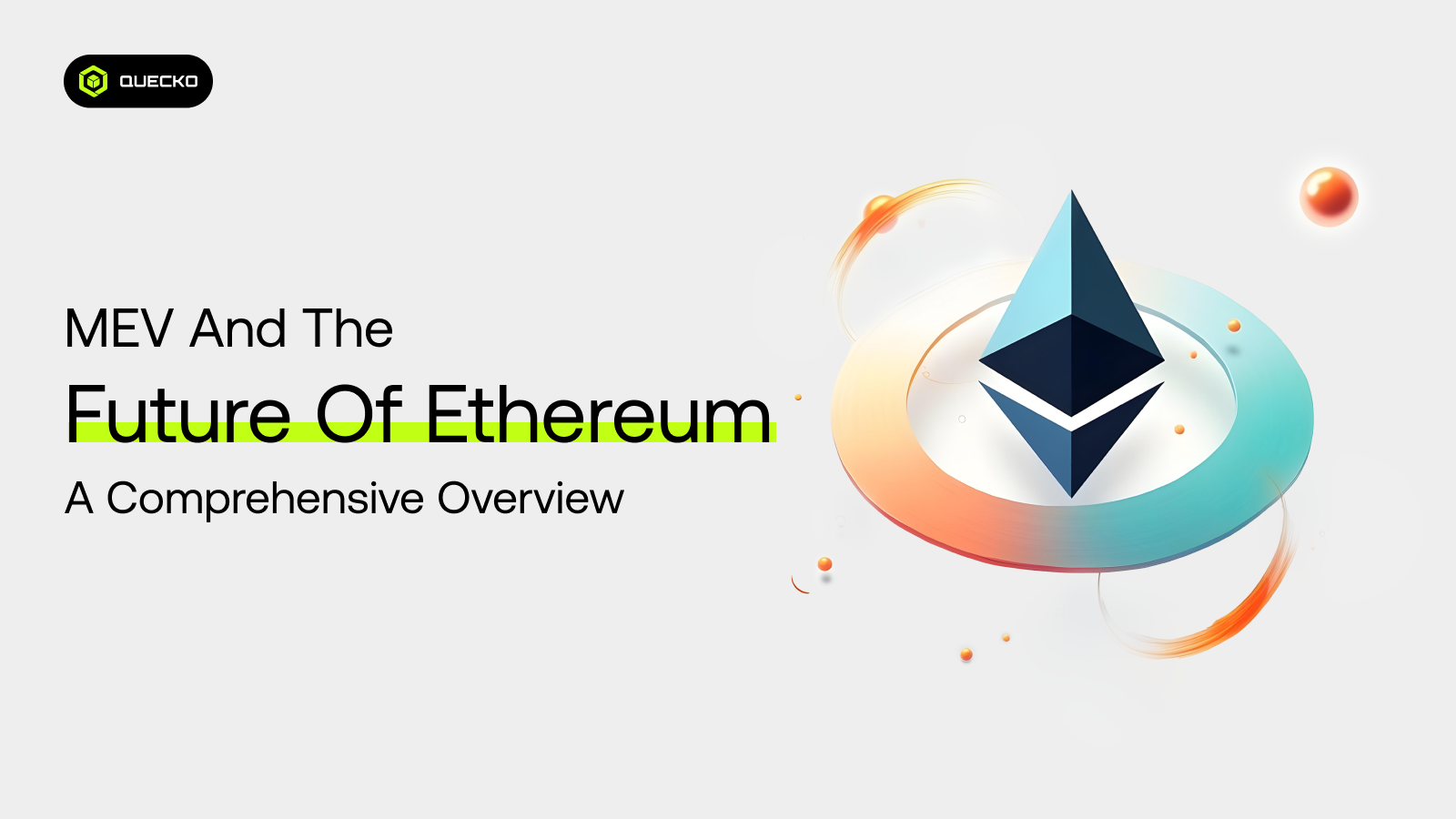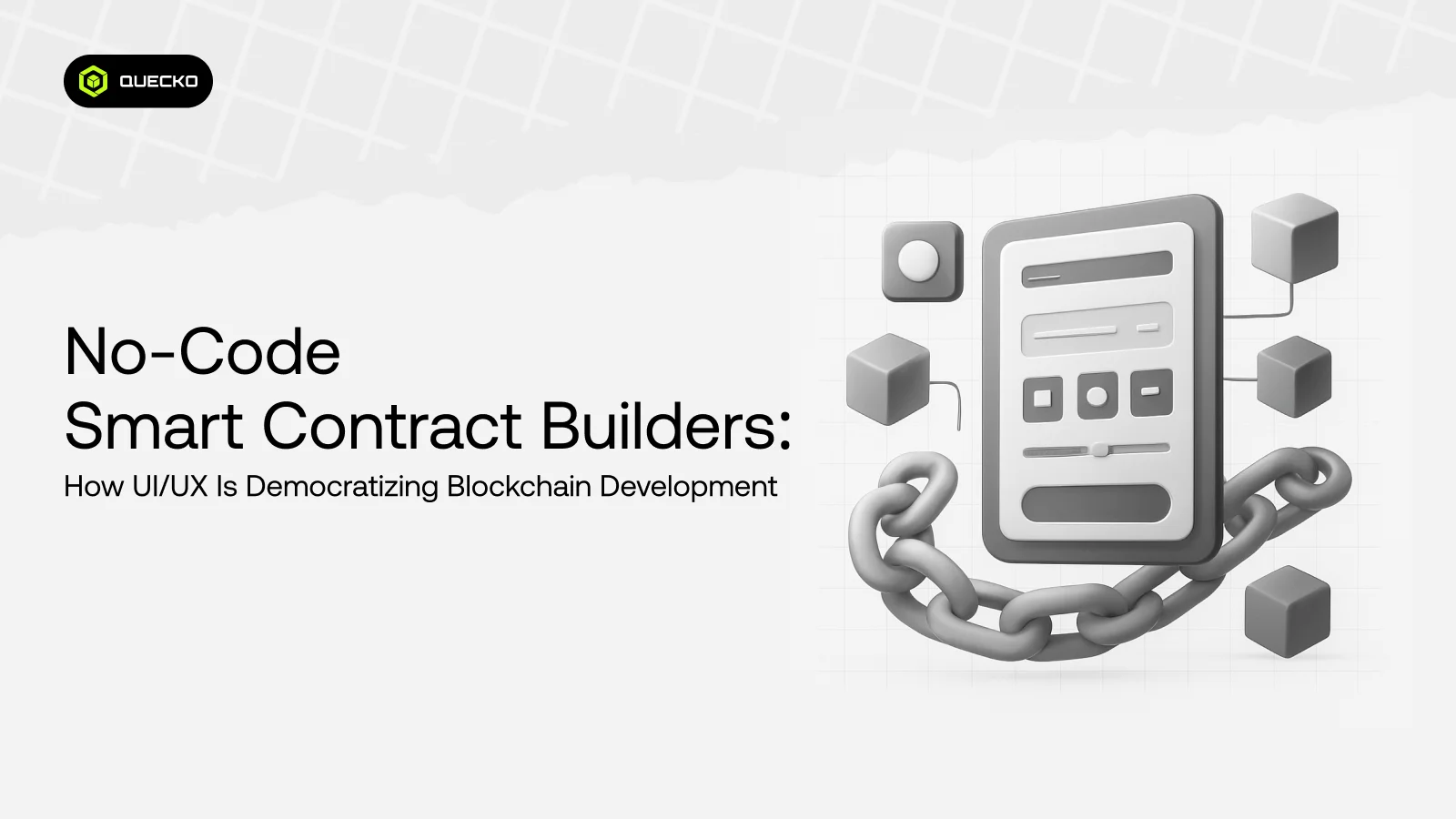MEV and the Future of Ethereum: A Comprehensive Guide
Discover Ethereum’s MEV (Maximal Extractable Value), its challenges, and solutions like Flashbots and MEV-Boost. Learn how MEV shapes Ethereum’s future and impacts decentralization.

Maximal Extractable Value (MEV) has become a critical topic in the Ethereum ecosystem, influencing everything from transaction ordering to network security. As Ethereum transitions to Proof of Stake (PoS) and continues to scale, understanding MEV and its implications is essential for developers, validators, and users.
This guide explores MEV, how it works, its challenges, and its role in shaping Ethereum’s future.
What is MEV?
MEV refers to the profit miners or validators can extract by strategically reordering, including, or excluding transactions within a block. This value arises from opportunities such as arbitrage, liquidations, and front-running.
While MEV can be lucrative, it also raises concerns about fairness, network efficiency, and decentralization.
Key Points About MEV:
Here are some major key points about MEV:
- Arbitrage: Exploiting price differences across decentralized exchanges (DEXs).
- Liquidations: Triggering liquidations in lending protocols like Aave or Compound.
- Front-running: Placing a transaction ahead of a known profitable trade.
- Sandwich Attacks: Manipulating prices by placing trades before and after a victim’s transaction.
The MEV Supply Chain: How It Works
The MEV supply chain is a complex ecosystem involving multiple actors, tools, and protocols. Here’s a breakdown of its key components:
1. Actors in the MEV Ecosystem
The MEV supply chain relies on a network of participants, each playing a specific role:
- Searchers: Individuals or bots that identify MEV opportunities by scanning the Ethereum mempool.
- Miners/Validators: Entities responsible for including and ordering transactions in blocks.
- Relays: Intermediaries that forward transaction bundles from searchers to validators.
- Builders: Specialized entities that construct blocks to maximize value.
- Users: End users whose transactions can create MEV opportunities.
2. Tools and Protocols Powering MEV
Several tools and protocols have been developed to facilitate MEV extraction and mitigate its negative effects:
- Flashbots: A research organization focused on making MEV extraction more transparent and efficient.
- MEV-Boost: Middleware that enables validators to outsource block construction to specialized builders.
- Mempool Monitoring Tools: Tools like EigenPhi and Etherscan that provide real-time data on pending transactions.
- Smart Contract Protocols: Protocols like Chainlink and The Graph that provide data feeds for MEV opportunities.
3. The MEV Extraction Process
The process of MEV extraction involves several steps:
- Opportunity Identification: Searchers scan the mempool and blockchain data for profitable opportunities.
- Bundle Submission: Searchers create transaction bundles and submit them to relays or validators.
- Block Construction: Builders assemble blocks by selecting and ordering transactions to maximize value.
- Block Validation: Validators propose the most profitable block to the Ethereum network.
Challenges Posed by MEV (Miner Extractable Value)
MEV introduces several significant challenges to the Ethereum ecosystem. Here’s an in-depth look at these challenges:
- Centralization Risks:
- Explanation: MEV extraction often requires significant resources, such as advanced algorithms, specialized hardware, and substantial capital. This favors well-resourced actors, including large mining pools and sophisticated searchers, leading to centralization.
- Impact: Centralization undermines the decentralized nature of the Ethereum network, potentially leading to a few powerful entities exerting undue influence over the blockchain.
- Increased Transaction Costs:
- Explanation: MEV searchers compete to have their transactions included in blocks, often engaging in bidding wars to pay the highest gas fees.
- Impact: This competition drives up gas prices, making transactions more expensive for ordinary users and contributing to overall network congestion.
- Network Congestion:
- Explanation: The influx of MEV-related transactions clogs the Ethereum mempool (the pool of unconfirmed transactions), causing delays for ordinary transactions.
- Impact: Network congestion leads to slower confirmation times and increased transaction costs, negatively affecting the user experience on Ethereum.
- Fairness and Censorship:
- Explanation: MEV extraction can result in transaction censorship or unfair advantages for certain actors. For example, validators might prioritize transactions that benefit them financially, ignoring or censoring others.
- Impact: This undermines the principles of fairness and inclusivity that are fundamental to decentralized networks.
Mitigating MEV: Current Solutions and Future Directions
The Ethereum community is actively working on various solutions to address the challenges posed by MEV. Here are some key solutions and future directions:
- Proposer-Builder Separation (PBS):
- Explanation: PBS separates the roles of block proposers (validators) and block builders. Validators focus on proposing blocks, while specialized entities (builders) are responsible for constructing the blocks.
- Impact: This separation reduces the concentration of power in the hands of a few large miners or validators, promoting a more decentralized network.
- Encrypted Mempools:
- Explanation: Encrypted mempools hide transaction details until they are included in a block. This prevents front-running, where searchers exploit transaction information to gain an unfair advantage.
- Impact: Encrypted mempools enhance transaction privacy and reduce the risks of front-running, promoting a fairer transaction environment.
- Fair Ordering Mechanisms:
- Explanation: Protocols like Themis aim to ensure fair transaction ordering by implementing cryptographic techniques to order transactions in a verifiable and unbiased manner.
- Impact: Fair ordering mechanisms prevent manipulation of transaction ordering, ensuring that all participants have an equal opportunity to have their transactions included.
- Improved User Tools:
- Explanation: Tools like EIP-1559 and gas optimization platforms help users minimize their exposure to MEV. EIP-1559, for example, introduced a new fee mechanism that reduces the impact of gas price bidding wars.
- Impact: These tools improve the user experience by reducing transaction costs and providing greater predictability in gas fees.
MEV and the Future of Ethereum
As Ethereum continues to evolve, MEV will play a significant role in shaping its future. Innovations like Flashbots, MEV-Boost, and Proposer-Builder Separation are helping to create a more equitable and efficient MEV landscape. By fostering transparency and fairness, the Ethereum ecosystem can harness the benefits of MEV while mitigating its risks.
Conclusion
Maximal Extractable Value (MEV) is a transformative yet challenging phenomenon in the Ethereum ecosystem. It represents both an opportunity and a risk, shaping how transactions are ordered, how blocks are constructed, and how value flows through the network. While MEV extraction can be highly profitable for miners, validators, and searchers, it also introduces significant challenges such as centralization, increased transaction costs, and network inefficiencies.
The Ethereum community has made remarkable strides in addressing these challenges through innovations like Flashbots, MEV-Boost, and Proposer-Builder Separation (PBS). These solutions aim to create a more transparent, fair, and efficient MEV landscape, ensuring that the benefits of MEV are distributed more equitably across the network.
As Ethereum continues to evolve, particularly with its transition to Proof of Stake (PoS) and ongoing scalability improvements, MEV will remain a critical area of focus. By fostering collaboration among developers, validators, and users, Ethereum can harness the potential of MEV while mitigating its risks, ultimately creating a more robust and decentralized ecosystem.
In the long term, the future of Ethereum depends on striking a balance between innovation and fairness. MEV is not just a technical challenge but also an economic and social one, requiring thoughtful solutions that align with Ethereum’s core values of decentralization and inclusivity. By addressing MEV head-on, Ethereum can continue to lead the way in building a more open and equitable financial system.
Date
6 months agoShare on
Related Blogs

No-Code Smart Contract Builders: How UI/UX is Democratizing Blockchain Development
3 days ago

The Role of Localization in Onboarding Non-Crypto Natives
9 days ago

The Role of AI in Detecting Smart Contract Vulnerabilities Before Deployment
12 days ago

How AI & Smart Contracts Create Personalized User Experiences
17 days ago








